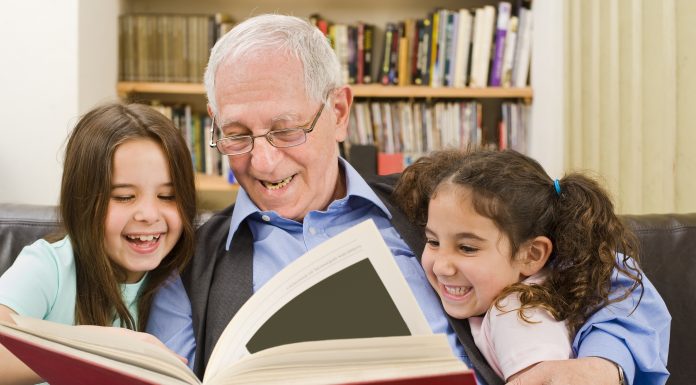Nothing beats warm summer days, when the sun shines early in the morning and remains strong until the late evening. It’s not easy to see why the fall and winter seasons — when the days get shorter and drearier — could affect someone so negatively. While less hours of sunlight from late September to late March may not be your preference, some people actually find themselves so depleted of energy during this time that they develop a condition called Seasonal Affective Disorder, or what we appropriately know as SAD.
What is Seasonal Affective Disorder?
SAD is a particular form of depression that cycles with the seasons and typically hits people in winter. SAD tends to affect people at the same times each year. According to the National Institutes of Health, SAD is more likely to affect women and those living in northern areas where the sun is not as strong or consistent. It’s important to note that SAD is different from general depression in the sense that it only hits during certain points during the year and is caused by a decline in the amount of sunlight a person can get during drearier months.
Symptoms of Seasonal Affective Disorder can include:
- Moodiness
- Irritability
- Feeling hopeless or worthless
- Feeling sluggish
- Difficulty focusing
- Low energy
- Losing interest in activities you once loved
- Sleep difficulties
Be sure to talk to your healthcare practitioner if you are having any of these symptoms and verify you really do have SAD. The symptoms can also be indicative of other medical issues, such as viral infections, thyroid problems, chronic fatigue syndrome and hypoglycemia.
Why are Seniors Affected by SAD?
Seniors can be at particular risk for SAD because they are less likely to go outdoors in the dreary months. The inclination to stay inside can be due to a number of reasons, including aversion to the cold, battling chronic conditions that are worsened by the chilly weather and fear of falling in the slippery rain or snow. A senior may therefore stay indoors and miss the limited amount of sunlight available during fall and winter.
How is SAD Treated?
There are a few different methods of treating SAD. These include light therapy, sometimes combined with antidepressant drugs, talk therapy, or a combination of all three.
Light therapy includes different types of light boxes, visors or lamps. The idea is to bring more light to the eyes to alleviate the symptoms of SAD. Light therapy is safe and is usually better tolerated than medications because the side effects are minimal (eye strain, headache and insomnia being the main complaints).
If you’re in a position to do so, relocating to a warm climate during the cold months can also be very helpful in managing symptoms of SAD. Have you ever wanted to be a snowbird? Now is your chance to whisk away to the beach and return when your native city/country is warm again.
For those experiencing mental health issues, Everyday Health created the guide, How to Find Free Online Therapy.
This article is intended for informational purposes only. Please consult your healthcare practitioner if you think you are at risk for SAD or are experiencing symptoms.























